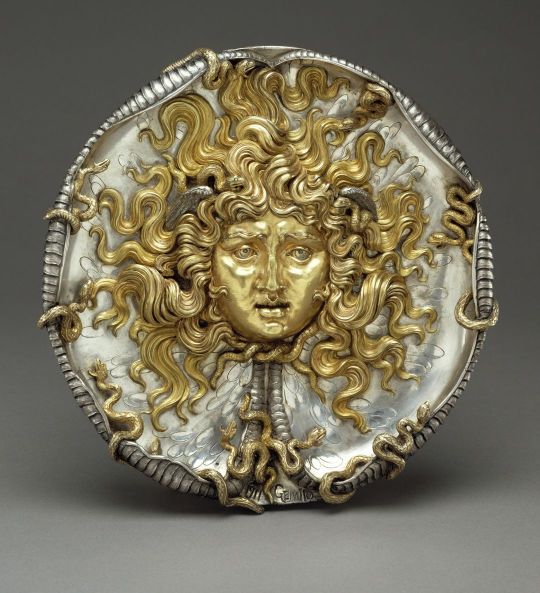#Vincenzo Gemito
Text

Vincenzo Gemito - Portrait of a Young Woman (1919)
126 notes
·
View notes
Text
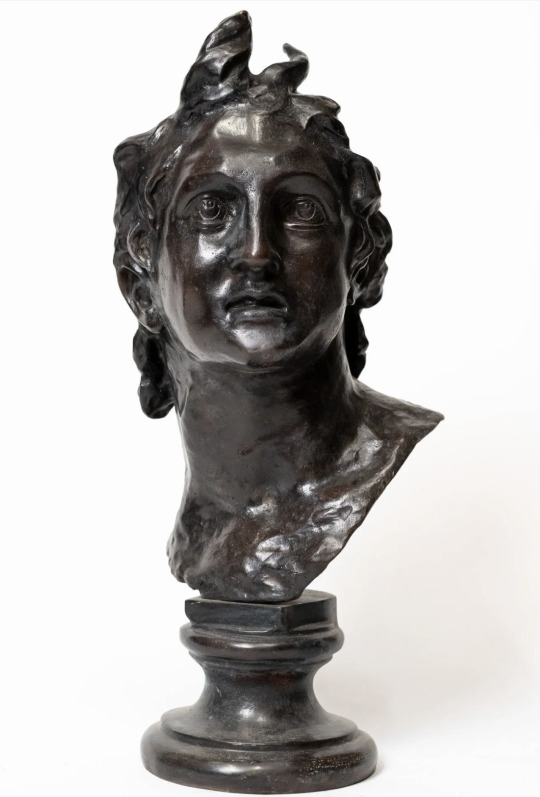
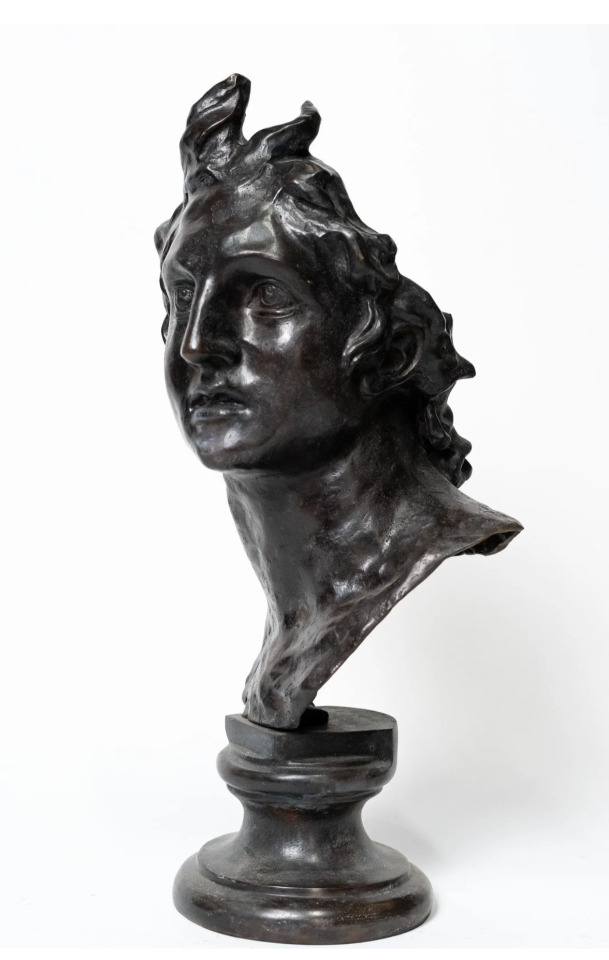
Vincenzo Gemito (1852-1925) - Buste de Alessandro Magno
27 notes
·
View notes
Photo

Vincenzo Gemito - Self portrait
14 notes
·
View notes
Text

Self-Portrait
Vincenzo Gemito, 1886
95 notes
·
View notes
Photo
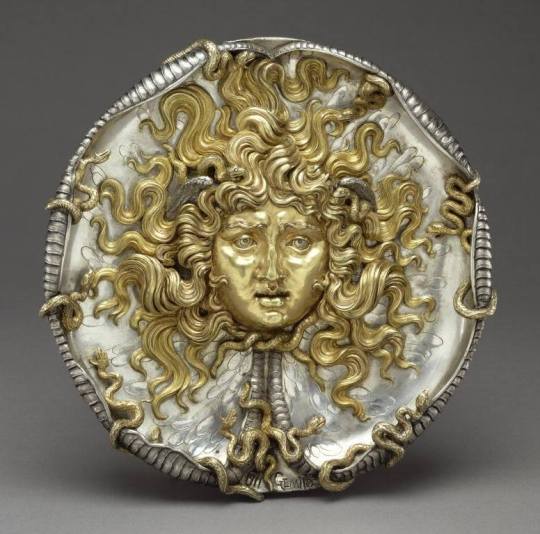
Medusa by Vincenzo Gemito
8 notes
·
View notes
Text

Medusa, 1911 by Vincenzo Gemito (1852-1929)
4 notes
·
View notes
Text
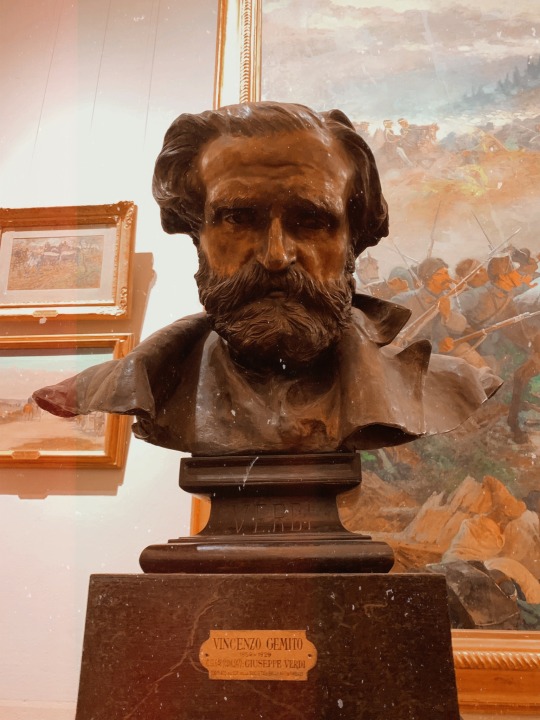
Portrait of Giuseppe Verdi - Vincenzo Gemito, bronze, 1873
Verdi is playing the piano. Giving the figure's absorption and the face bending over the keyboard, Gemito is certainly attempting to imagine Verdi, the myth composing at the piano. The untidy hair and the collar of the jacket raised up tell us about the genius, the character and the great creative personality.
2 notes
·
View notes
Text
'𝗢 𝘀𝗰𝘂𝗹𝘁𝗼𝗿𝗲 𝗽𝗮𝘇𝘇𝗼!
(𝗧𝗵𝗲 𝗠𝗮𝗱 𝗦𝗰𝘂𝗹𝗽𝘁𝗼𝗿).

'O scultore pazzo! (The Mad Sculptor).
Vincenzo Gemito was a Neapolitan artist who lived between 1852 and 1929. He was a sculptor, draughtsman and goldsmith who created realistic and expressive works inspired by the people and the culture of his native city. He was also influenced by the classical sculptures of the archaeological museum of Naples, where he often studied and copied the ancient models.
Gemito’s artistic career began when he was only 16 years old, with the sculpture of The Card Player, which was purchased by King Victor Emmanuel II and displayed at the Capodimonte Museum. He soon became famous for his terracotta and bronze figures of Neapolitan street children, such as The Fisherman and The Water Carrier, which he exhibited at the Paris Salon in 1876 and 1877, receiving great acclaim and commissions.
However, Gemito’s success was overshadowed by a personal crisis that led him to isolate himself from the world for 18 years. He suffered from hallucinations and paranoia, and stopped producing sculptures. He devoted himself instead to drawing, creating powerful portraits of his friends and celebrities, such as Giuseppe Verdi, Ernest Meissonier and Domenico Morelli.
Gemito returned to public life in 1909, when he organized a retrospective exhibition of his works at the Castel Sant’Elmo in Naples. He resumed his sculptural activity, focusing on busts and self-portraits that revealed his psychological turmoil and his artistic genius. He also experimented with new techniques, such as lost-wax casting, which he performed in his own foundry. He died in 1929, leaving behind a legacy of original and influential works that are still admired today.
A selfportrait by Gemito is the subject of the fourth video of my ongoing series DISØRDIN∆RY BƏ∆UTY 🥀🪞 a̶r̶t̶ ̶c̶a̶n̶o̶n̶s̶, an experimental #glitchart series disrupting traditional art standards and altering digital art formats and the experience of viewers. This series is exclusively available on Niio Art.
👁️🗨️🧠 LINK
#digital art#new media art#glitch art#glitching#glitched#glitches#video art#napoli#neapolitan#napoletano#napoletani#Vincenzo Gemito#Domenico Barra
0 notes
Text
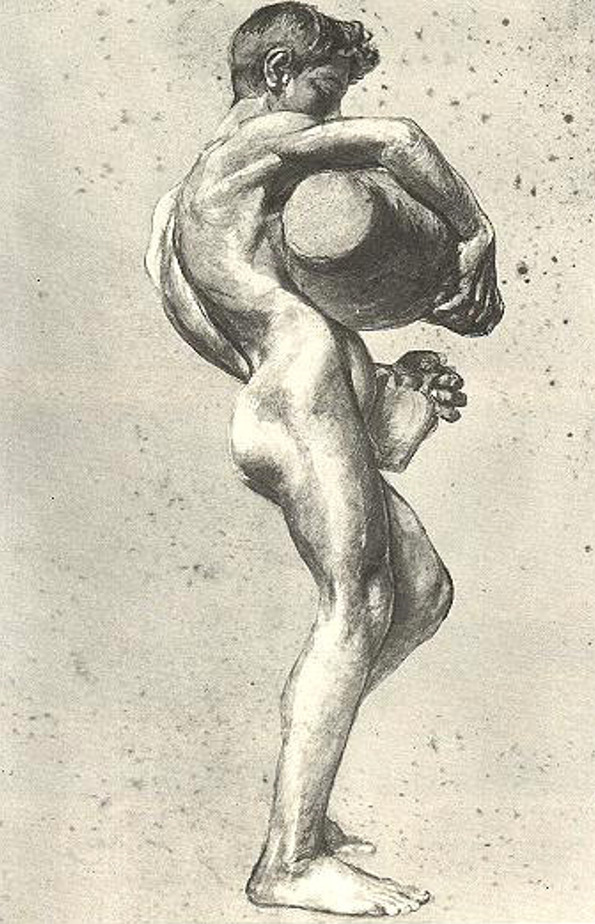
Vincenzo Gemito, (1852-1929) - Studio per la Sorgente (1919).
198 notes
·
View notes
Text
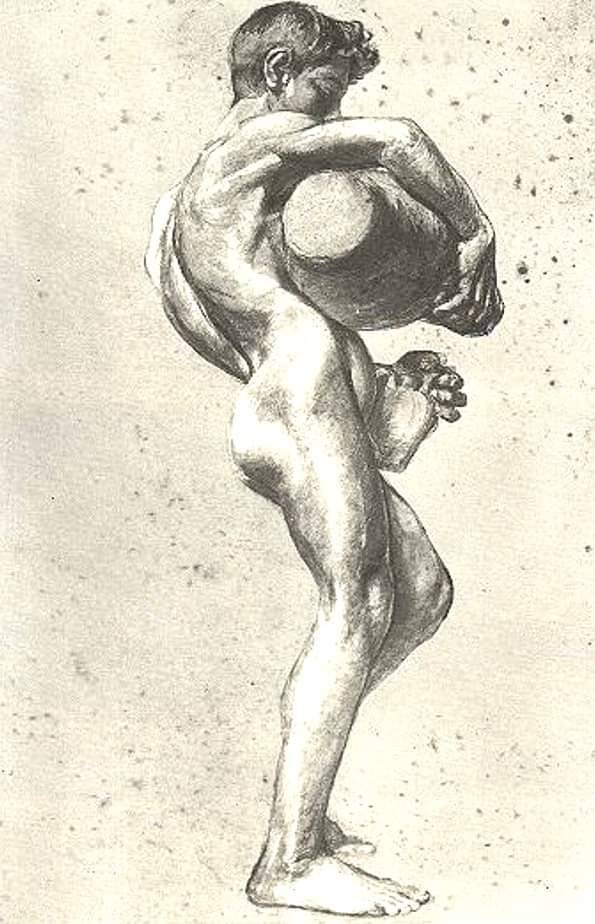
Vincenzo Gemito (1852-1929) - Studio per la Sorgente (1919)
12 notes
·
View notes
Photo

Vincenzo Gemito - Self portrait
41 notes
·
View notes
Text

Portrait of Anna Gemito
Vincenzo Gemito, 1886
27 notes
·
View notes
Text
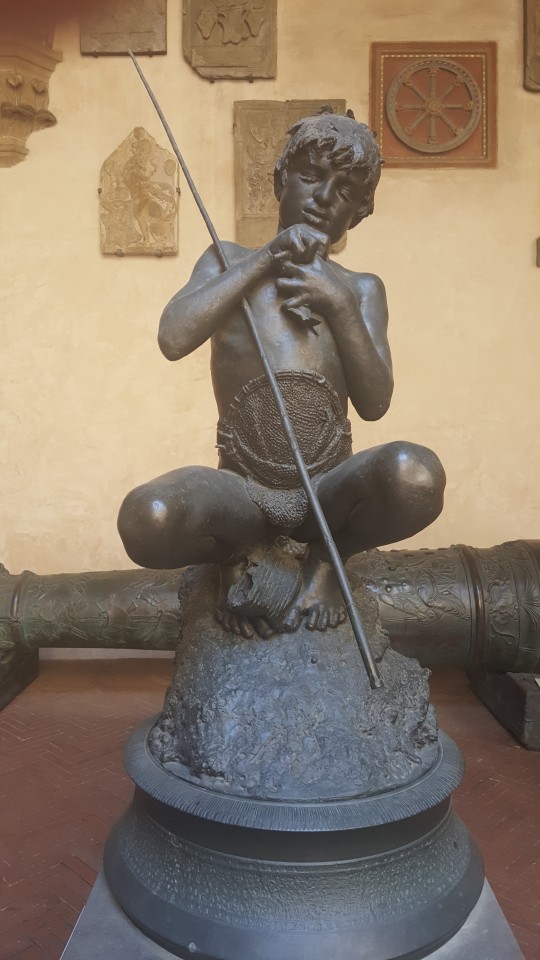
Vincenzo Gemito (1852-1929) The Fisher Boy. Florence, Italy.
19 notes
·
View notes

